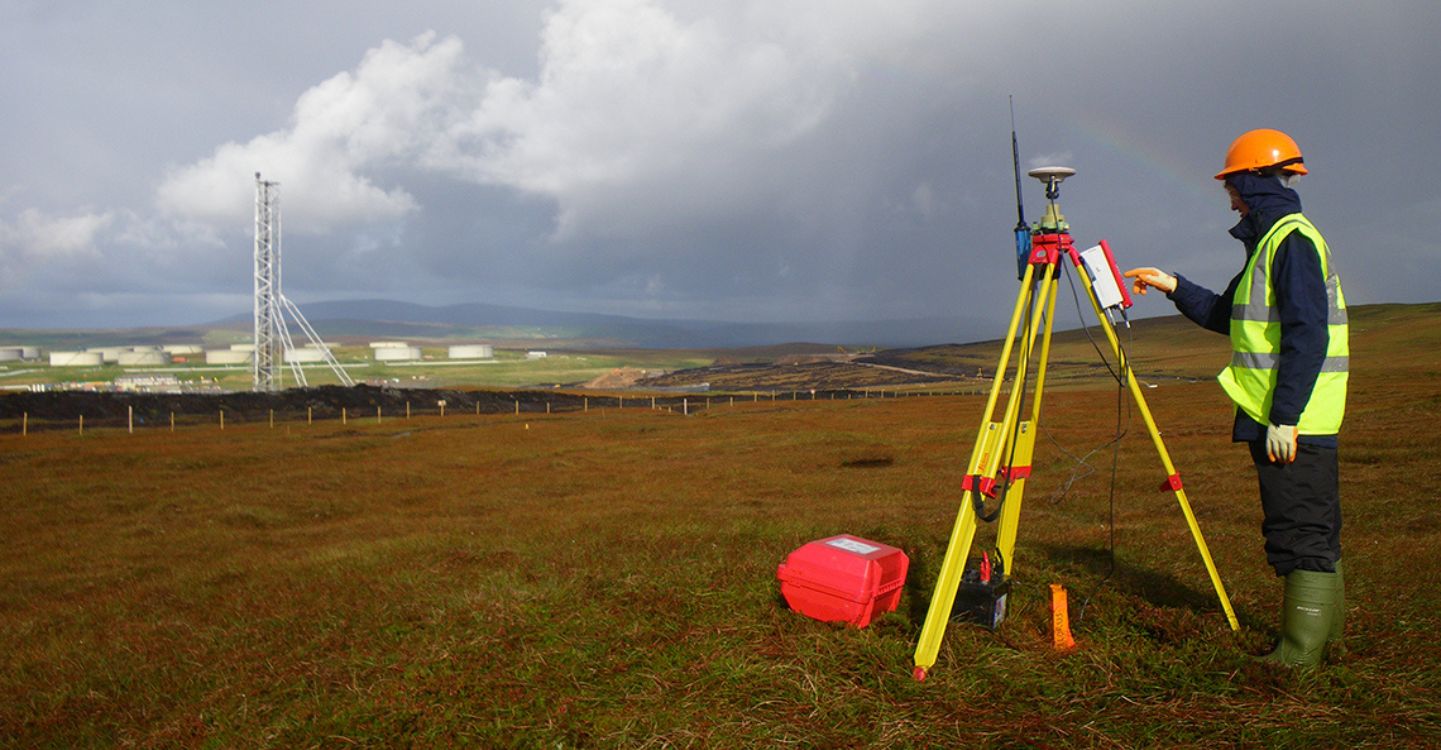Topographical Surveying: A Complete Guide for Land and Site Development
Topographical Surveying: A Complete Guide for Land and Site Development
Blog Article
Vital Tools and Techniques in Laying Out Design
The technique of setting out engineering depends greatly on a suite of vital tools and methods that underpin the accuracy and performance of project execution. Instruments such as surveyor's degrees, complete stations, and advanced GPS technology are indispensable for establishing specific recommendation factors. Moreover, the assimilation of standard techniques with contemporary techniques, consisting of geospatial analysis and 3D modeling, uses significant advantages in picturing website problems. Understanding just how these elements communicate is vital for enhancing and decreasing errors task outcomes, yet the nuances of their application often stay neglected. What effects does this hold for future engineering methods?
The Relevance of Accurate Dimensions

The significance of exact dimensions extends past mere compliance; they are important to the overall effectiveness of engineering procedures. Inaccuracies can result in material waste, job delays, and raised labor costs, eventually affecting the task's bottom line. Specific dimensions boost the quality of the final product, making certain that it performs as meant and meets the assumptions of stakeholders.
Furthermore, the value of accurate measurements is evident in different design disciplines, consisting of civil, mechanical, and electric design. Hence, cultivating a society that prioritizes precision is necessary for the future of engineering.
Necessary Tools for Laying Out
Laying out, a crucial stage in the design and building and construction process, counts greatly on details tools that ensure accurate location and positioning of frameworks. Among these devices, the surveyor's level stands apart, giving exact horizontal measurements essential for establishing referral points. This tool enables engineers to determine elevation changes and maintain harmony throughout the job website.
The overall terminal is one more essential tool, integrating digital range measurement with angular dimension capacities. This innovation improves performance and accuracy in capturing spatial information, permitting for effective website layout and preparation.
Additionally, the usage of determining tapes and marking tools, such as chalk lines or stakes, is essential for momentarily marking borders and crucial points on the website. These standard devices, though straightforward, are vital for making certain clear interaction amongst the building and construction group pertaining to job specifications.
Finally, GPS technology has gotten traction in laying out processes, providing real-time positioning information and substantially improving accuracy over conventional approaches. Jointly, these crucial devices form the backbone of reliable laying out methods, eventually adding to the effective implementation of design and building tasks.
Advanced Evaluating Strategies
Advanced evaluating methods play an essential function in enhancing the accuracy and efficiency of design tasks. These strategies incorporate a series of methods that give exact data for layout and building and construction. Conventional approaches, such as leveling and triangulation, have progressed right into a lot more innovative approaches, consisting of Complete Station studies and Global Navigation Satellite Solution (GNSS)
Complete Terminal tools incorporate electronic theodolites with range measurement abilities, allowing land surveyors to accumulate precise place information with great speed. This technology substantially reduces errors connected with hand-operated dimensions and supplies real-time data processing. GNSS uses unequaled accuracy for massive tasks by utilizing satellite signals to establish exact positioning, which is essential for making certain and lining up frameworks compliance with layout specs.
In addition to these tools, advanced strategies additionally integrate geospatial evaluation and 3D modeling. These approaches enable engineers to envision surface and website problems more properly, helping with better decision-making during the preparation phase. By employing these innovative checking methods, engineering jobs Resources can attain greater accuracy in layout, reduce rework, and eventually improve general project success.
Digital Modern Technology in Design
The assimilation of digital innovation has actually revolutionized design methods, improving both efficiency and precision across various self-controls. Devices such as Structure Details Modeling (BIM) help with the visualization and monitoring of complicated jobs, enabling designers to collaborate effortlessly and make educated choices. This innovation enables the development of comprehensive 3D versions, which can be examined for structural integrity and effectiveness before building starts.

The application of synthetic intelligence and equipment learning in engineering procedures further boosts anticipating maintenance and optimization of resources. Overall, digital technology is improving the design landscape, driving advancement, and ensuring that tasks are completed with greater effectiveness and lowered danger.
Finest Practices for Implementation
When carrying out digital innovation in design, it is vital to develop a calculated method that aligns with project goals and organizational capabilities. A detailed evaluation of existing process and innovation facilities is important to identify gaps and possibilities for improvement. Engaging stakeholders early in the procedure promotes cooperation and makes certain that the innovation fulfills user requirements.

Project supervisors ought to adopt an iterative execution strategy, enabling adjustments based on real-time feedback and efficiency assessments. This agile technique not just alleviates risks but additionally promotes continual improvement by including lessons learned.
Conclusion
To conclude, the assimilation of important devices and advanced methods in setting out design is vital for guaranteeing precision in measurements and effective project implementation. Using instruments such as surveyor's levels, complete terminals, and GPS modern technology, along with modern-day these details evaluating techniques, boosts accuracy and minimizes the probability of errors. Adopting finest methods in application further optimizes these processes, eventually cultivating boosted task end results in the design and building and construction sectors.
The self-control of establishing out design counts heavily on a collection of necessary tools and methods that underpin the accuracy and performance of project implementation.Furthermore, the value of accurate dimensions is noticeable in numerous engineering techniques, including civil, mechanical, and electrical engineering. By utilizing these innovative surveying methods, engineering jobs can attain better precision in design, reduce rework, and ultimately boost general project success.
Overall, digital modern technology is reshaping the design landscape, driving development, and making sure that jobs are finished with better effectiveness and reduced risk (setting out engineering).In conclusion, the integration of crucial devices and progressed techniques in setting out engineering is crucial for ensuring precision in measurements and successful project implementation
Report this page